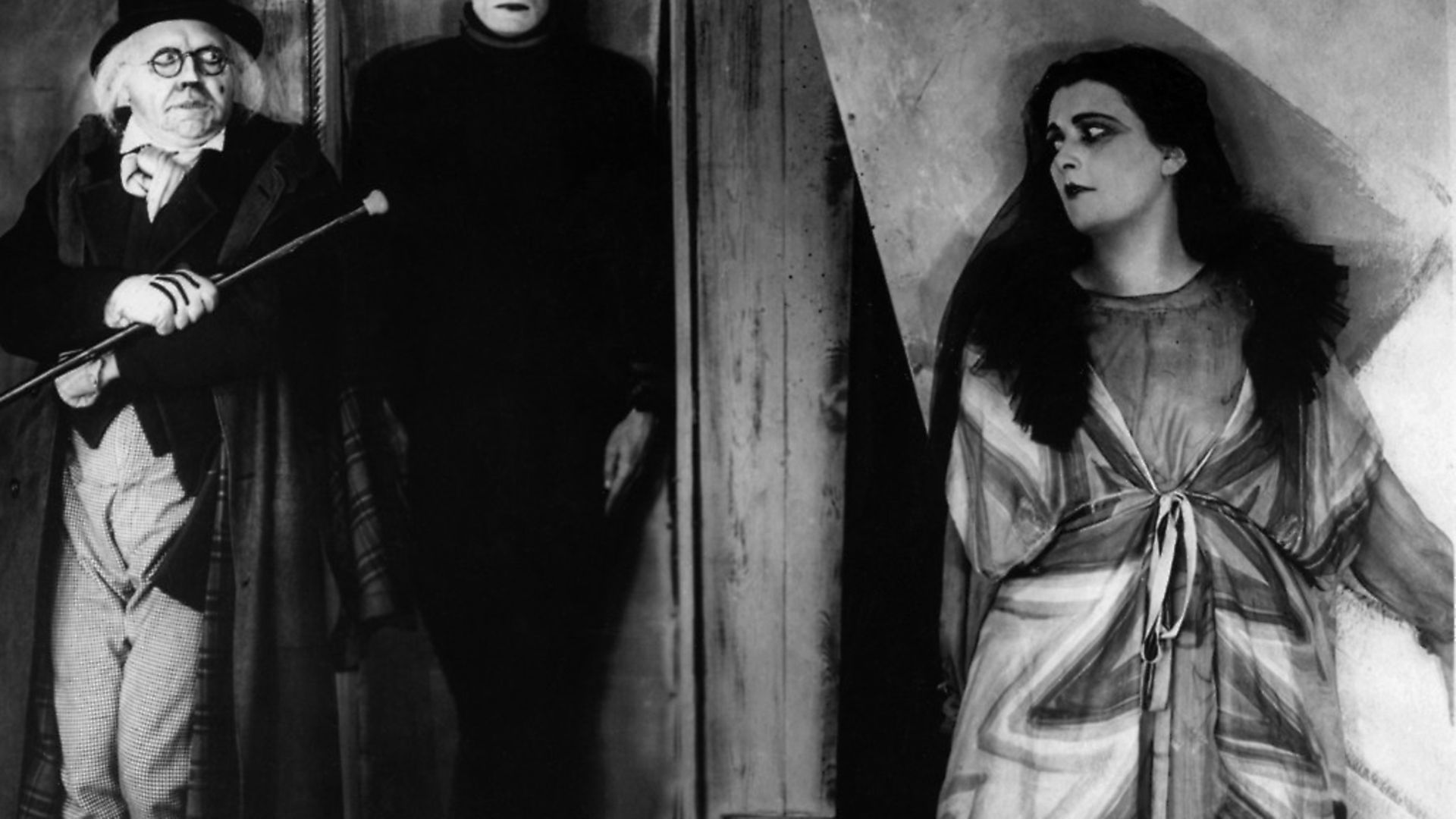
Will Self on the enduring appeal of silent films and the bygone movie era.
An oddity of silent films is that you can play just about any piece of classical music to accompany them – beginning at a random point for both the visuals and the soundtrack – and the two will mysteriously coordinate. No, really – try it. And while you’re trying that, why not essay as well the vast number of silent films available on the BFI Player. There’s plenty of material available here for free, including such scintillating features as High Treason – a look forward to a future London of multistorey skyscrapers and bullet trains from the perspective of 1930. And there are documentary films going all the way back to the 1890s – including such gems as a 30-second clip of gents in toppers and ladies in crinolines wandering across the newly-opened Vauxhall Bridge, which is as near to me spatially, as I’m removed to these former denizens of the neighbourhood temporally.
Why am I preoccupied with silent films? Well, for a start most contemporary stuff, streamed by Netflix and Amazon, or otherwise piddled over the airwaves by the BBC, conforms – in terms of its photography and editing – to the so-called ‘tyranny of film’ hypothesis. This says that a combination of cross-cutting editing techniques (cutting from a shot of a moving object, to a shot of another doing the same, so that the viewer is compelled to extrapolate a moment when the two will meet), and the ever-shortening duration of shots themselves (down from an average of seven seconds 25 years ago to less than three now), combines to produce this particular tyranny: an inability to look away from the screen – and indeed, an inability to look away from a particular point on that screen.
Think about it – or, rather, feel the neck-ache that comes after staring fixedly at too much of this spurious on-screen action – then reflect on this: when filmmaking allowed for more leisurely views, the viewer was, in turn, liberated to allow his or her eyes to saunter around in cinematic space. For the most part, early films – some of which were now made over a century ago – afford just this opportunity, which is really concomitant with the frisson many viewers of early photographs reported in the 1840s, whereby the most mundane objects appeared charged with an unearthly brilliance, once so reproduced.
In his celebrated essay The Work of Art in the Era of its Mechanical Reproducibility, Walter Benjamin argued that the problem for 20th century art was that it was no longer possessed of what he termed the ‘auratic’: the sense of containing within itself the unique sensual and perceptual properties infused via its production by human individuals, rather than machines. Yet it’s precisely this quality of the auratic that, for me at least, early silent films now seem to possess in abundance. The filmmaker Patrick Keiller suggests that at least part of the frisson provided by some very early films called ‘phantom rides’, is that they reveal to us spaces and places in the cities of the 1900s that were – simultaneously and paradoxically – being eliminated by the very means with which they were being recorded; namely, film cameras mounted on the front of either tramcars or locomotives, and hence able to provide an uninterrupted panorama of quotidian existence.
This decade will see the centenaries of most of the truly great silent films. This year sees that of Robert Wiene’s The Cabinet of Dr. Caligari, with its exquisite creation of sets that engineer a complete filmic mise-en-scene – in 2022 it will a hundred years since Fritz Lang’s equally masterful Dr. Mabuse the Gambler simultaneously initiated the genres of thriller and action movie. If you watch it, hold on to your top hat (or bonnet) during the breakneck carriage chase sequence. Goethe said that whenever a new artistic medium is discovered its first practitioners usually exploit most of its potentialities – and, if they’re geniuses, all of them. From my viewing of directors as various Laing, FW Murnau, Anthony Asquith, and of course Hitchcock, it’s struck me that this is true of film in particular – and that such is the extent to which all the principal cinematographic techniques were deployed within a few short years of filmmaking (from cross-fades to panoramic visions, to special visual effects and colour-treatments), this alone imbues the early masterpieces with a sort of meta-auratic quality.
And then there are the actors. When I was a kid in the 1960s watching old Chaplin and Keaton two-reel comedies, the jerky movement of the figures on-screen seemed to me the epitome of the dated: how could you identify with such obviously inhuman mannequins strutting their stuff? But now, viewing the preternaturally beautiful Ivor Novello in Hitchcock’s The Lodger (1926), I feel as if I could reach out and touch the man – so much realer and more embodied does he seem to me that the plastic-faced dummies who ‘act’ in the average contemporary dramas. Try it for yourself – I urge you: the past is indeed another country – and they do things not just differently there, but better.
Warning: Illegal string offset 'link_id' in /mnt/storage/stage/www/wp-includes/bookmark.php on line 357
Notice: Trying to get property 'link_id' of non-object in /mnt/storage/stage/www/wp-includes/bookmark.php on line 37







